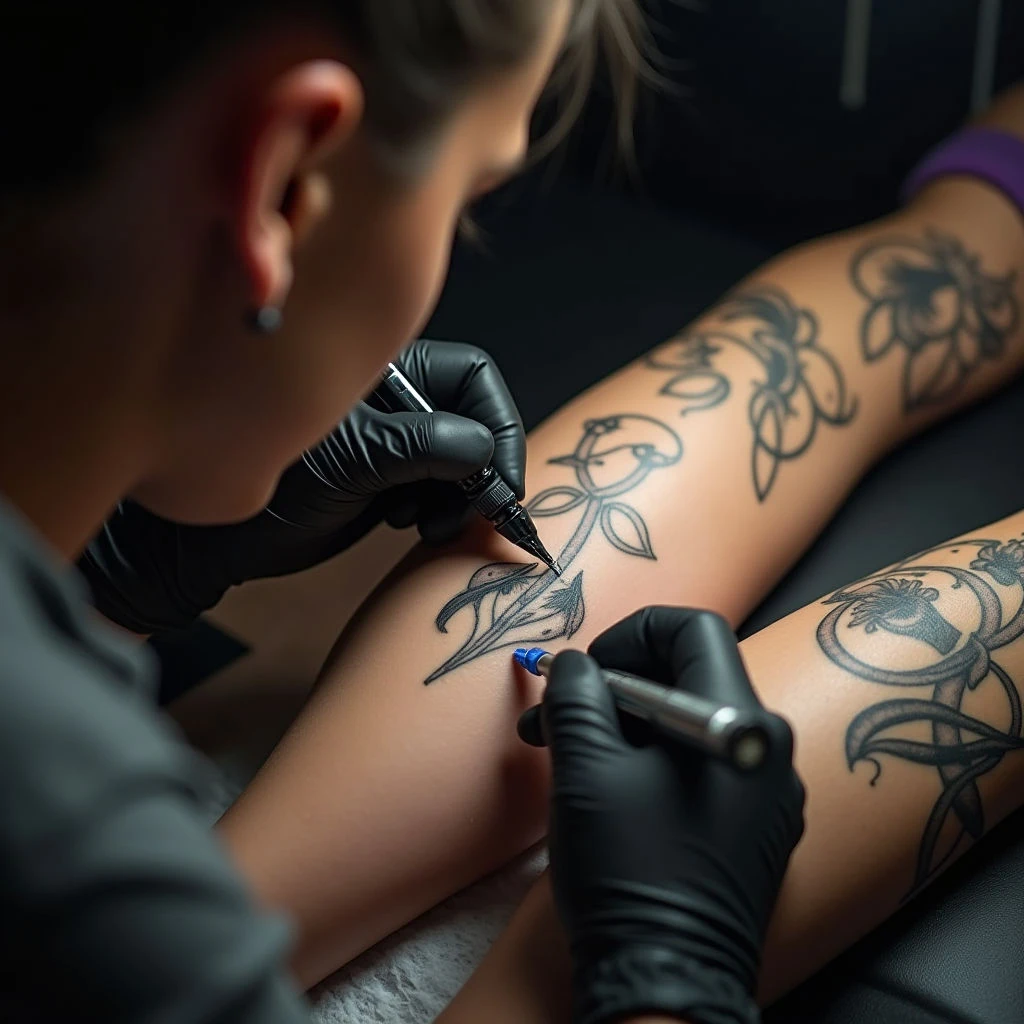Making Tattoo Stencils That Actually Work
As an apprentice, I’ve battled stencil transfer issues—too light, blurry lines—it's a common frustration. Here’s what I’ve learned about creating stencils that deliver.
What You Need to Get Started
Let's cover the essentials. Forget regular paper—you need specific materials for tattoo stencils.
- Stencil Paper/Film: Specialized paper designed for tattoo transfer.
- Printer: Laser printers are best; toner adheres better than ink.
- Toner: High-quality toner is key to crisp, dark stencils.
- Tracing Paper (Optional): For refining designs before printing.
- Isopropyl Alcohol: To clean the skin surface.
- Cotton Pads/Balls: For applying alcohol.
- Gloves: Protect yourself from alcohol exposure.
The Stencil Creation Process
Here's the breakdown, step by step.
-
Design is Everything
Start with a high-resolution design. Seriously—this is the biggest factor in stencil quality. A blurry design equals a blurry stencil, plain and simple.
-
Printing Your Stencil
Print your design onto stencil paper using a laser printer. Max out the toner density, but always test on scrap first—you don't want surprises.
-
Skin Prep: The Crucial Step
Thoroughly clean the skin with isopropyl alcohol and let it dry completely. Any oils or lotions will create a barrier, preventing proper adhesion.
-
Transfer Time
Place the stencil face down onto the prepared skin. Apply firm, even pressure—a transfer stick or plastic-wrapped fingers work well to avoid contamination.
-
The Reveal
Gently peel away the backing paper, starting from one corner. If it lifts, don't panic—just apply more pressure and try again.
-
Final Check
Take a close look. Any missing spots? Gently reapply pressure to those areas.
Troubleshooting Common Issues
Expect bumps in the road. Here's how to handle them when they arise.
- Blurry Stencil: Crank up toner density or invest in a better printer/paper combo.
- Stencil Lifts During Transfer: More even pressure is your friend. Also, double-check for oils on the skin—clean it again if needed.
- Weak Lines: Toner density likely too low. Tweak those printer settings and test!
Remember, practice is key. Don't get discouraged by early failures—every stencil mishap is a lesson learned.


